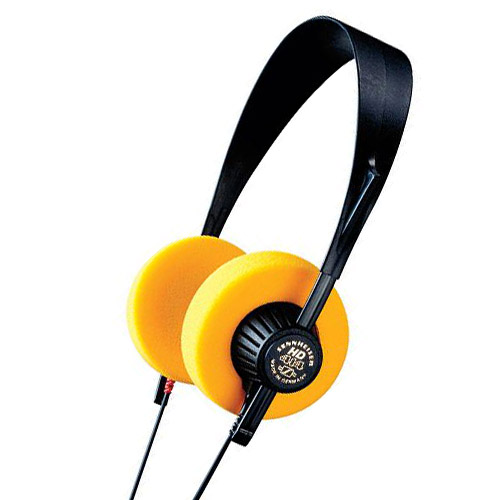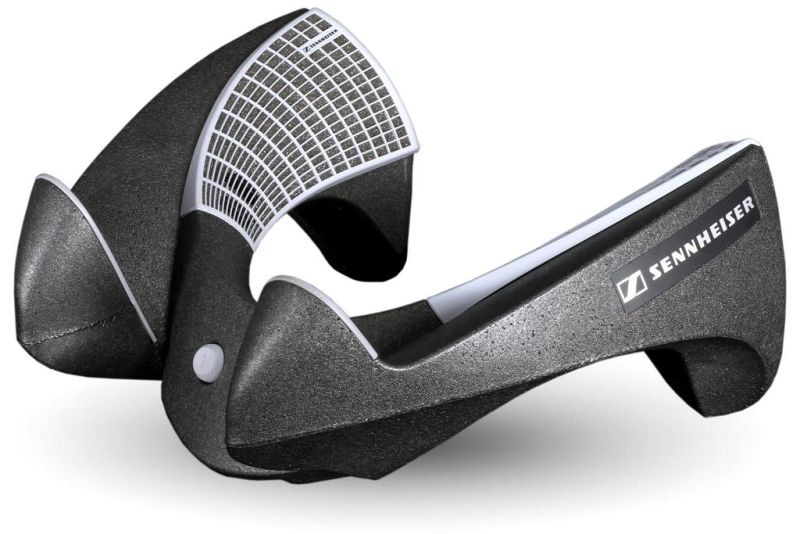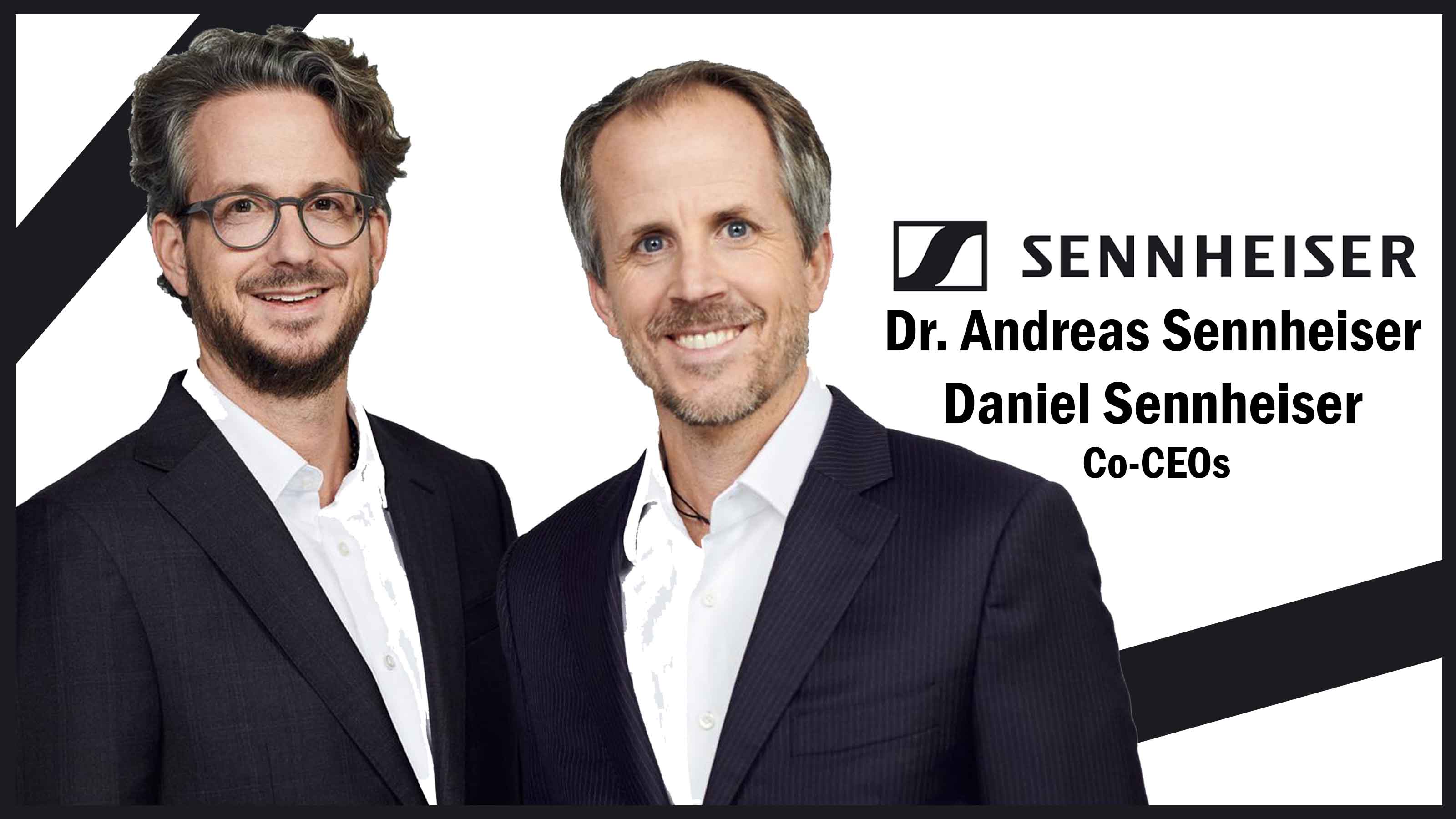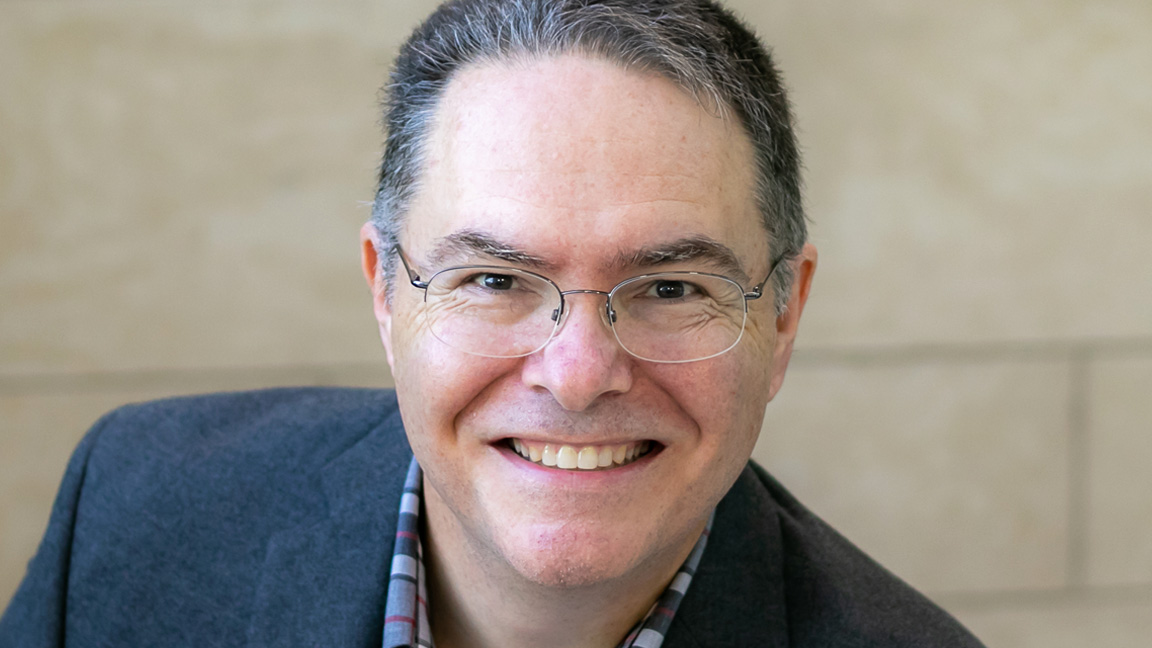
Dr. Fritz Sennheiser once said engineers need room for crazy ideas. Apparently, that's a winning philosophy in the audio world, as Sennheiser, the company he established in 1945 as the Wennebostel Laboratory, is celebrating its 80th anniversary. Now in its third generation, the family-owned company is headquartered in Wedemark, Germany, led by co-CEOs Dr. Andreas Sennheiser and Daniel Sennheiser, and includes three additional brands: Neumann, AMBEO, and Merging Technologies.
Maintaining an independent, family-owned company has also been a smart strategy. "When we think in innovation cycles that are 10 years or longer, rather than quarter to quarter, we can create something that is really differentiated and meaningful for our customers," said Daniel. "Our success is based on the independence we have in thinking and creativity, but also based on all of the great engineers and people around the globe who are working and contributing toward our achievements."

Sennheiser has had its share of milestones over its eight decades. The company introduced the first wireless microphone in late 1950s, and its MD 421 microphone from 1960 is still used in studios today. Spectera is no doubt the latest addition to that list; it's the company's new WMAS-based digital wireless system that started shipping this year.
"Ten years ago, two researchers started to develop a solution for the problem of RF fading under certain conditions," Andreas recalled. "There was no briefing for solving this—it was just two people that were smart enough to crack this problem."
Andreas added that innovation is not a straight-line process. Spectera took a decade to bring to market, for example, while the company's HD 414 open-back headphones, which sold in the millions after debuting in 1968, were a "late-night invention of a genius acoustic vision."

Sennheiser has also gone beyond audio in recent years, introducing videobars into its TeamConnect conferencing ecosystem. Andreas said the move was a reaction to the realities of the Pro AV business. Originally, the company was simply controlling cameras through its TeamConnect ceiling microphones, but end users wanted videobars.
"We look at this from a total system approach," Daniel added. "It's driven by the application. We're very strong in the higher education market. Hybrid learning has been the reality since COVID. It's also been in the corporate market. Our stronghold still is audio, and we believe in … being able to include people remotely but also include everybody in the audience through our TeamConnect system."
As far as the audio market in general, Andreas said the company experienced a huge surge in demand following the pandemic. Business has remained strong for large rental and production companies, as well as broadcast and top touring artists. However, demand has slowed in more recent years, with small and mid-sized companies being "more deliberate" in their spending strategies.

The company allocates about 10% of its revenue to R&D, another strategy has contributed to Sennheiser's success. But not every innovation is a hit. Daniel recalled the company's failed "Surrounder" system from the late 1990s. It was a 5.1 personal sound system embedded in an oversized collar that looked like a fashion accessory for Darth Vader. "Yes, it looked as awkward as it sounds," he quipped. "The audio quality was outstanding, but the user experience was not the best.
"And I think that's exactly how we want to celebrate these 80 years—show what the successes were, but also what we learned along the way, because you need to try a lot of things. You need to successfully discover ways that don't work before you can actually create the breakthrough innovation that we all celebrate like Spectera."
So, what can we expect from the next 80 years of Sennheiser? "Well, I think from a general stream, we will continue to engage much more with our end users," Andreas said. "Our rock stars are not only on stage, but they're also backstage making the whole production run smooth. These are the people that give us input for the next iteration of our product innovation pipeline."

